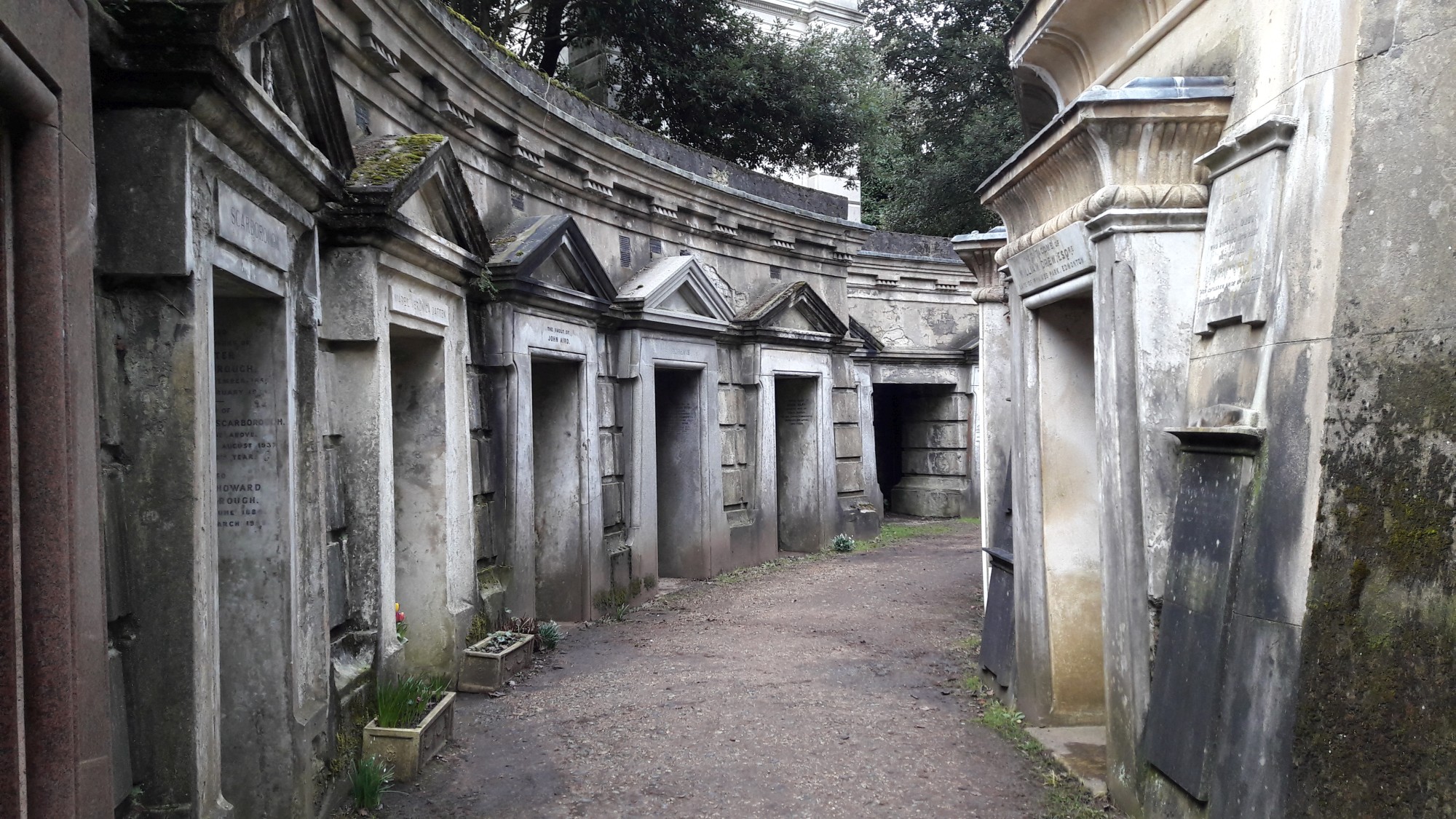Although it might seem that I have chosen a relatively morbid topic for this post, would argue that this article is the exact opposite.
The cemetery isn’t a place most people enjoy visiting – and for obvious reasons. But it can be so much more than a place to mourn.
There are seven amazing cemeteries in London (the ‘Magnificent Seven’), but we want to share eight with you. Read on…
1) Bunhill Fields
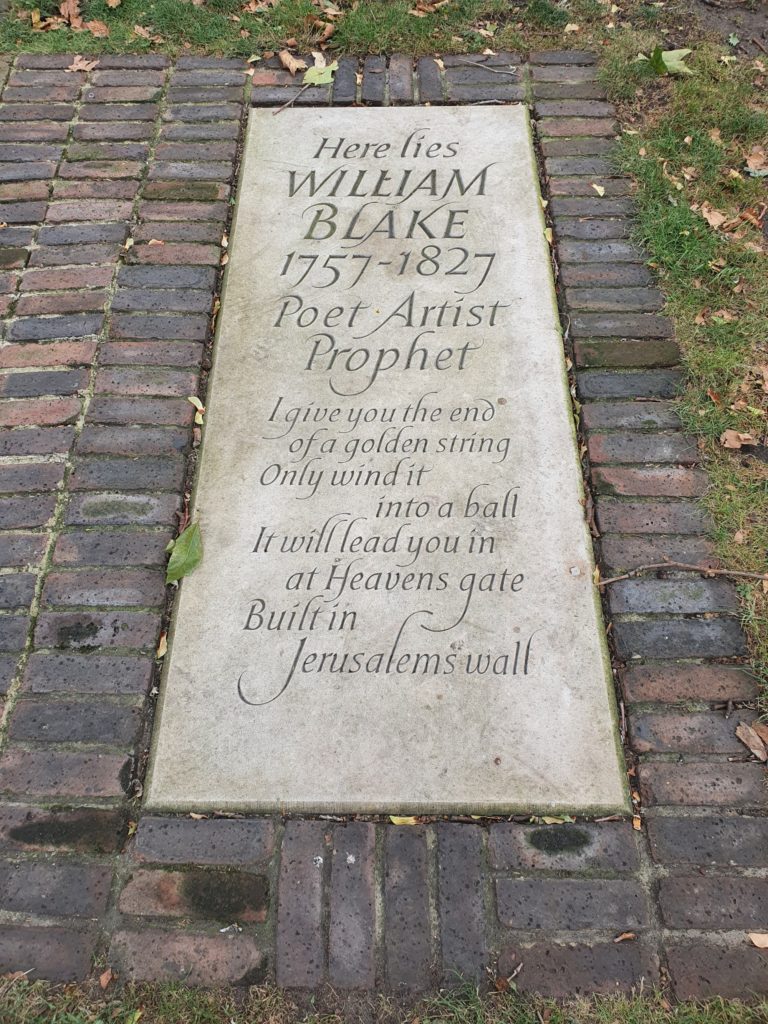
One of the very first cemeteries in central London, Bunhill Fields opened in 1665 and was used predominantly to bury the remains of prominent personalities of the era, such as William Blake and Daniel Defoe.
The cemetery is situated a short walk from Old Street Station; it’s quite possible that you’ve walked around it many times, without knowing how important the place is.
In the first half of the nineteenth century, the population more than doubled, from one million to 2.3 million.
The small and crowded cemetery, which contaminated soil and water with dead bodies and caused epidemics, forced the then government – back in 1831 – to pass a law on private cemeteries located outside London. So, seven amazing large cemeteries of the then Victorian period were created. Bunhill Filed was closed in 1854, but it serves as a local park and link between City Road and Bunhill Row to this day.
2) Highgate Cemetery
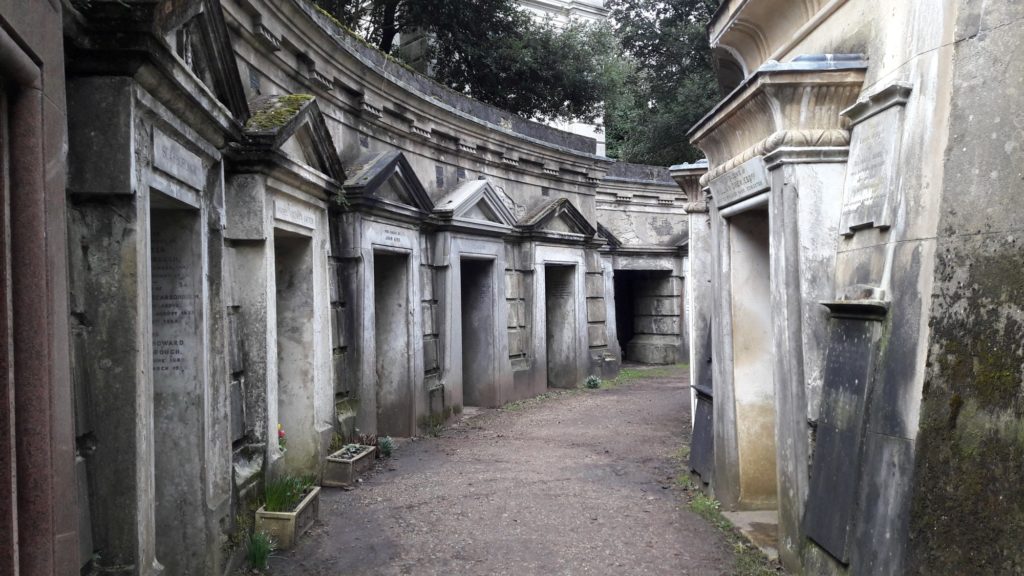
If you are a true lover of history, Highgate Cemetery is a must see.
The cemetery is divided into two parts; the eastern part is freely accessible and is home, for example, to the tomb of Karl Marx. You can get to the older western and much more interesting part with a ticket only. This cemetery is so interesting that visitors can visit only in groups, while a guide provides an interesting explanation of its history.
Part of the cemetery was built at a time when Londoners were obsessed with Egyptian culture; this was reflected in the construction of Highgate Cemetery. Many important personalities are buried here – the most famous of the modern era may be, for example, Alexander Litvinenko, poisoned by the Russian secret services.
Thanks to its amazing scenery, the cemetery was also popular with filmmakers.
3) Kensal Green
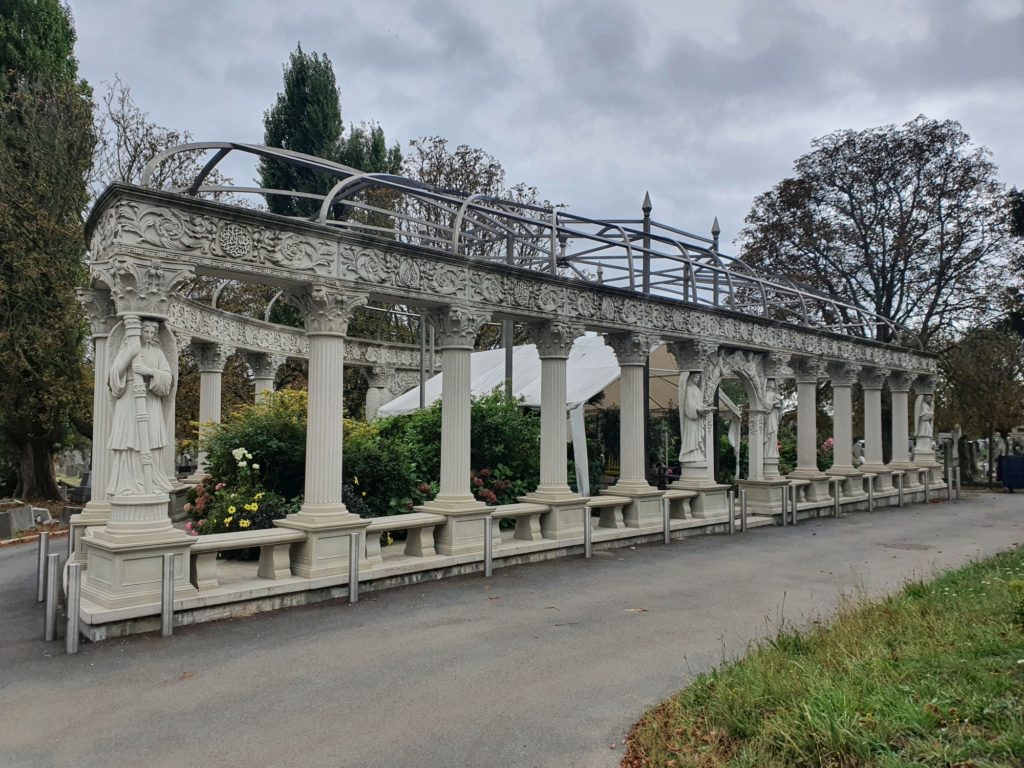
This vast cemetery in north-west London is one of the few on our list that retains its original meaning and still functions as a final resting place.
This is probably the reason why you can see many interesting historical tombstones here, but you will still feel as though you’re in a cemetery, instead of a park. This is the case for most other cemeteries in our list of eight. Gothic connoisseurs or historians will appreciate their visit.
4) Abney Park
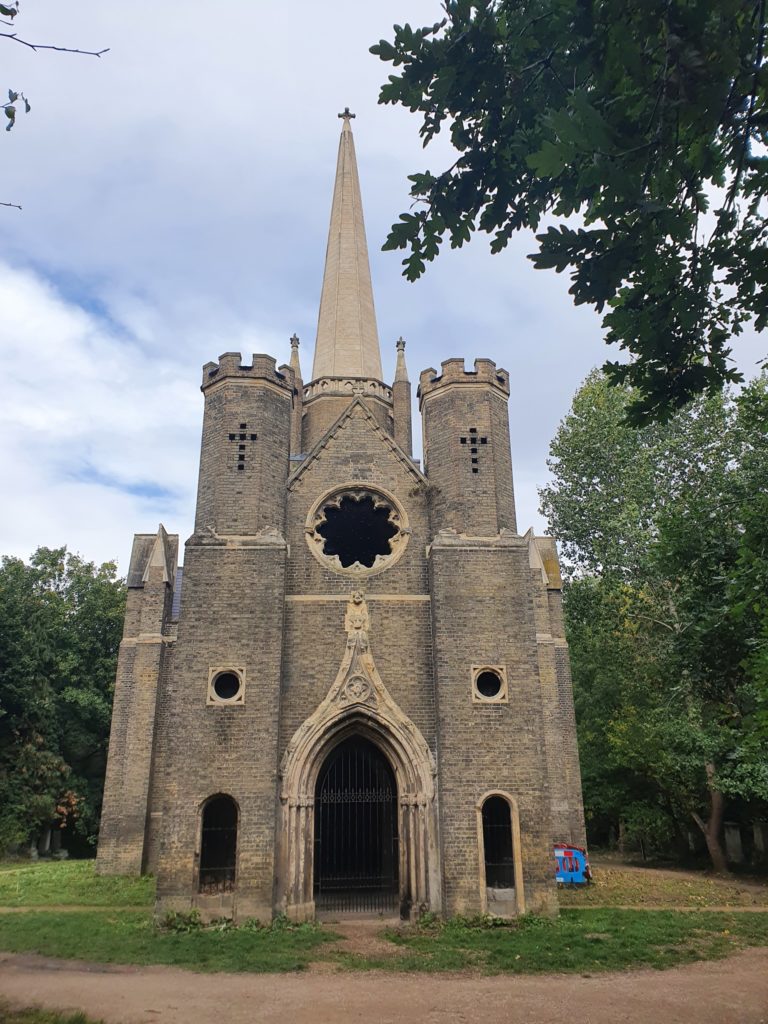
Abney Park Cemetery, part of which was originally the site of the Fleetwood family, is associated primarily with Dr. Isaac Watts, a non-conformist who lived and studied here. Thanks to him, the cemetery became a place for dissidents; although Dr. Watts died in 1748 and the cemetery was built in 1840 – on dissenting principles with a denominational chapel at its core – it was open to all, regardless of their religious beliefs.
The cemetery currently serves mainly as a park in Stoke-Newington, but it’s also the home of original – and still surviving – plants, so it now serves as a nature reserve as well.
5) Brompton Cemetery
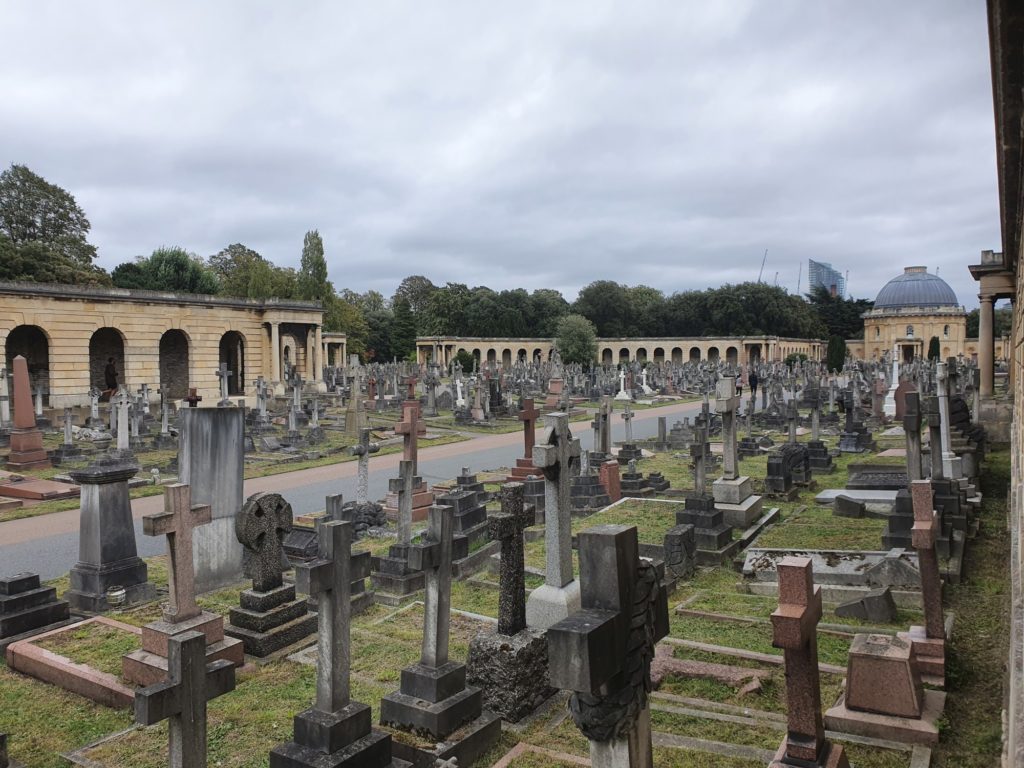
You wouldn’t expect anything other than something ‘extra’ from a west London cemetery.
You’ll receive a warm welcome at this cemetery, thanks to a pleasant little café. The cemetery also offers plenty of space for walking, jogging, cycling and rollerblading, thanks to its asphalt paths.
It draws you into its imposing Gothic style, too, which speaks to you with its interesting tombstones. This helps you get an idea of who the person really was, but we’ll talk about that in a separate article.
The architect of Brompton Cemetery had big plans but a small budget. Elected Benjamin Baud in 1838, he was also known as the restorer of Windsor Castle – and he was under immense pressure at the time. He was tasked to create a place that would impress the wealthy survivors and encourage them to buy as many places as possible.
This was to ensure a quick financial return to investors.
Baud conceived the cemetery as an open-air cathedral. Trees lined the main road leading to the colonnade and the Great Circle, while the vaulted chapel was the main altar.
However, Baud’s vision cost more than he expected, and the shareholders were not enthusiastic about that. The architect was fired, and his plan was never completed. The cemetery opened in 1840 and it wasn’t particularly overwhelming. However, it will certainly amaze you now – and maybe even your date!
6) Nunhead Cemetery
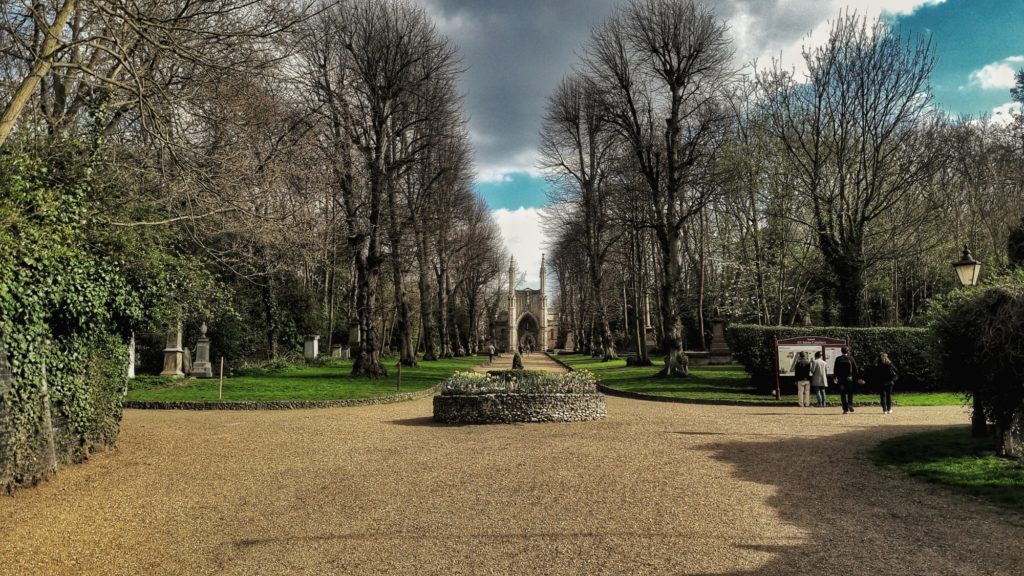
Have you ever considered having a rendezvous in a cemetery? If you live in the south of London, this cemetery could be the place to do just that. While most people will probably turn up their nose at the idea or say something like: “You’re crazy, aren’t you?”, you can be sure that no-one will disturb or distract you if you meet a friend here.
Yes, tombstones are ubiquitous, but that peace is priceless; it can also serve as a great place to relax or run. Not every cemetery is the same.
7) Tower Hamlets Cemetery
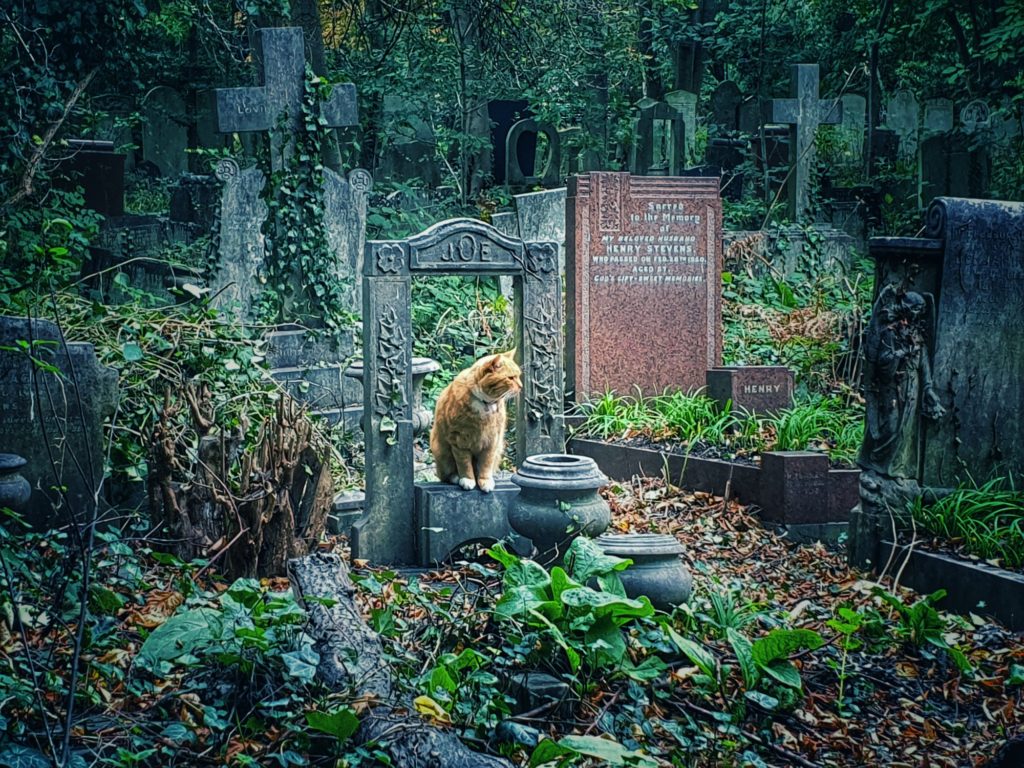
This cemetery is just a short walk from Mile End Station, and it offers a place to chat with friends, especially if you live in the area. Or, if you prefer, you can relax or go jogging.
There is a monument to the victims of the First and Second World Wars, as well as a monument to Charles Francis, and a collection of plants, including an explanation of their uses. With a little luck, you’ll meet Joe. Don’t worry, he’s alive.
8) West Norwood Cemetery
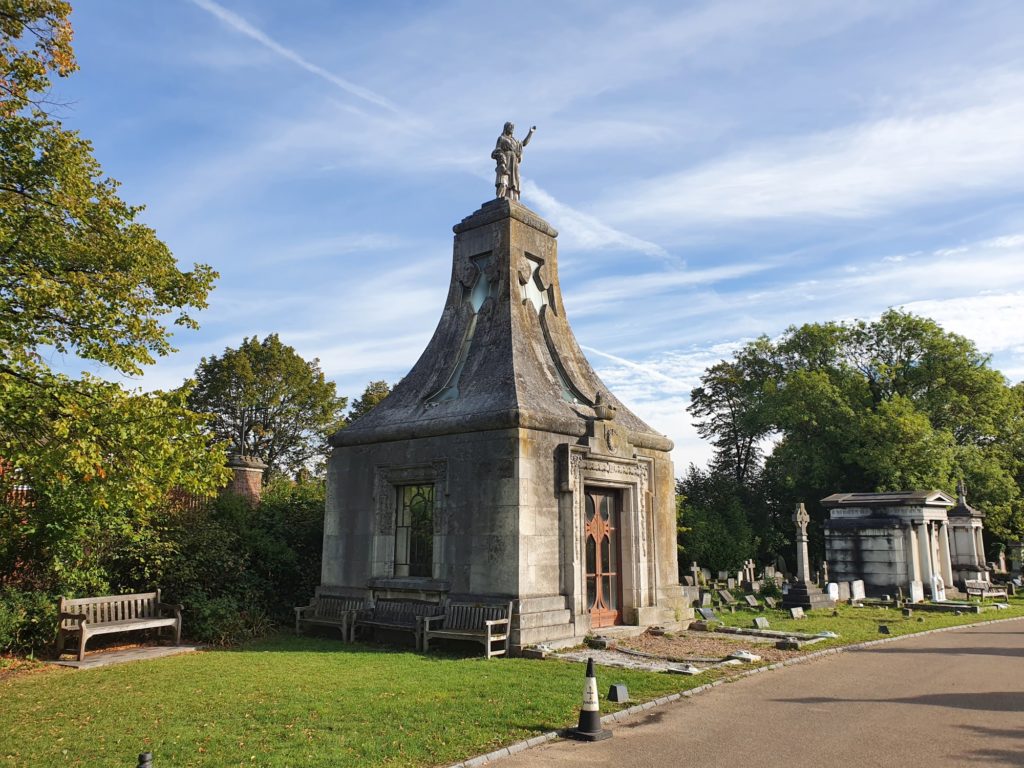
The southernmost, and if you don’t live anywhere near, the farthest cemetery, is located at the railway station of the same name. You can visit the extensive Gothic cemetery at West Northwood cemetery, which, like Kensal Green, is still in operation.
It can be used for sitting or walking in a quiet historical environment, but West Norwood also retains a traditional cemetery aesthetic, so locals or real admirers of all things Gothic (and cemeteries) will find it interesting to visit.
Of all the cemeteries, it has the most hills. Of interest is, for example, is the Moffatt Memorial, which was built in 1847 but was struck by lightning in 1989.
The original monument could be compared to a four-poster bed, when its entire canopy part, including the columns, disappeared completely by lightning. All that remained was a ground grave; it should be noted that the whole monument was made of stone.

